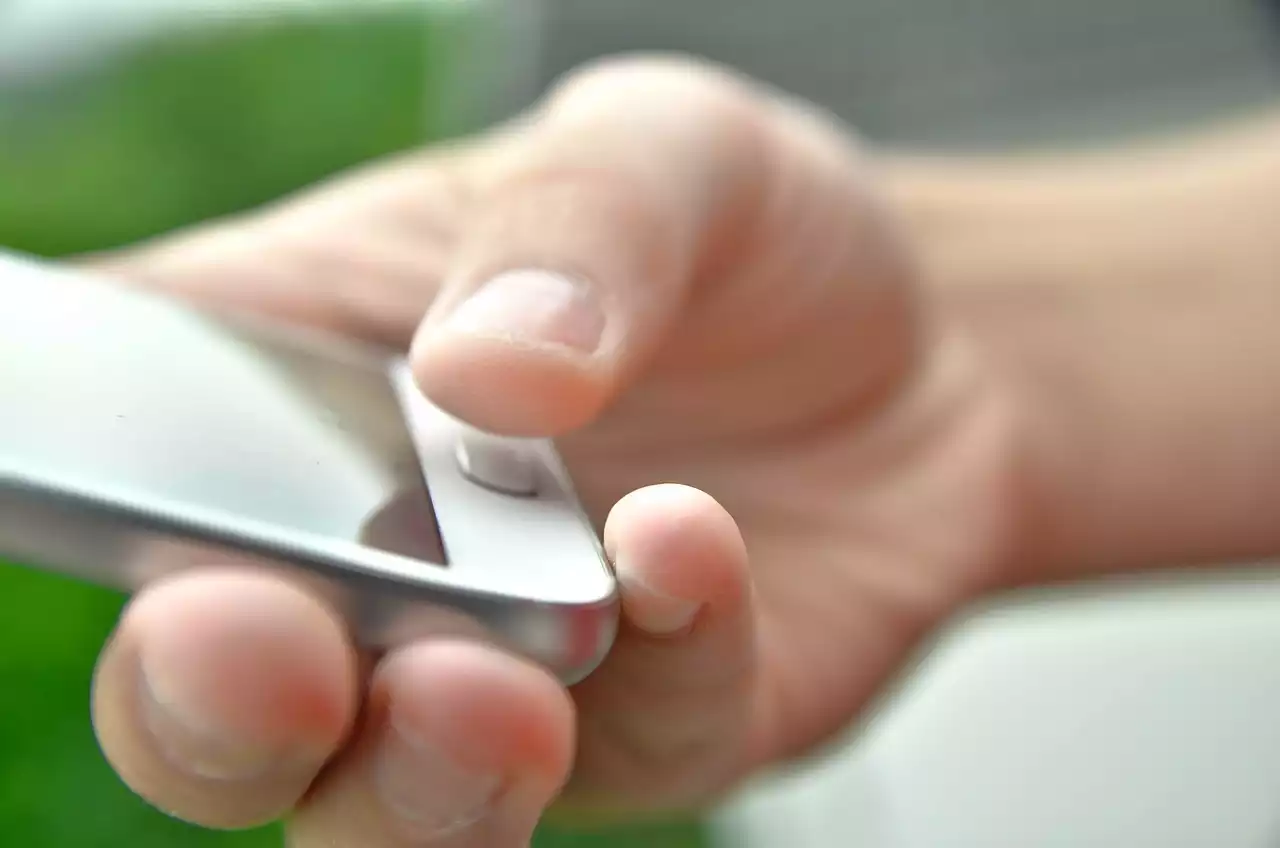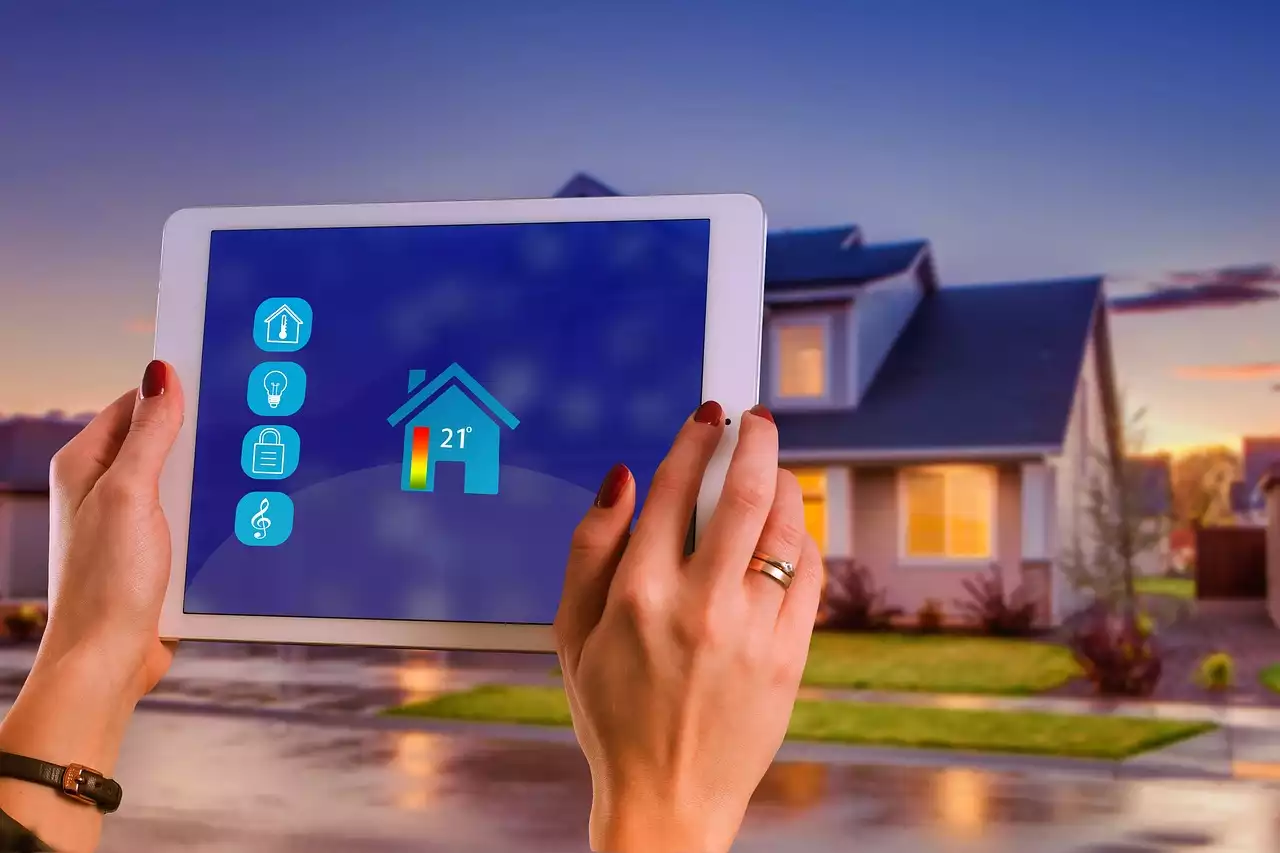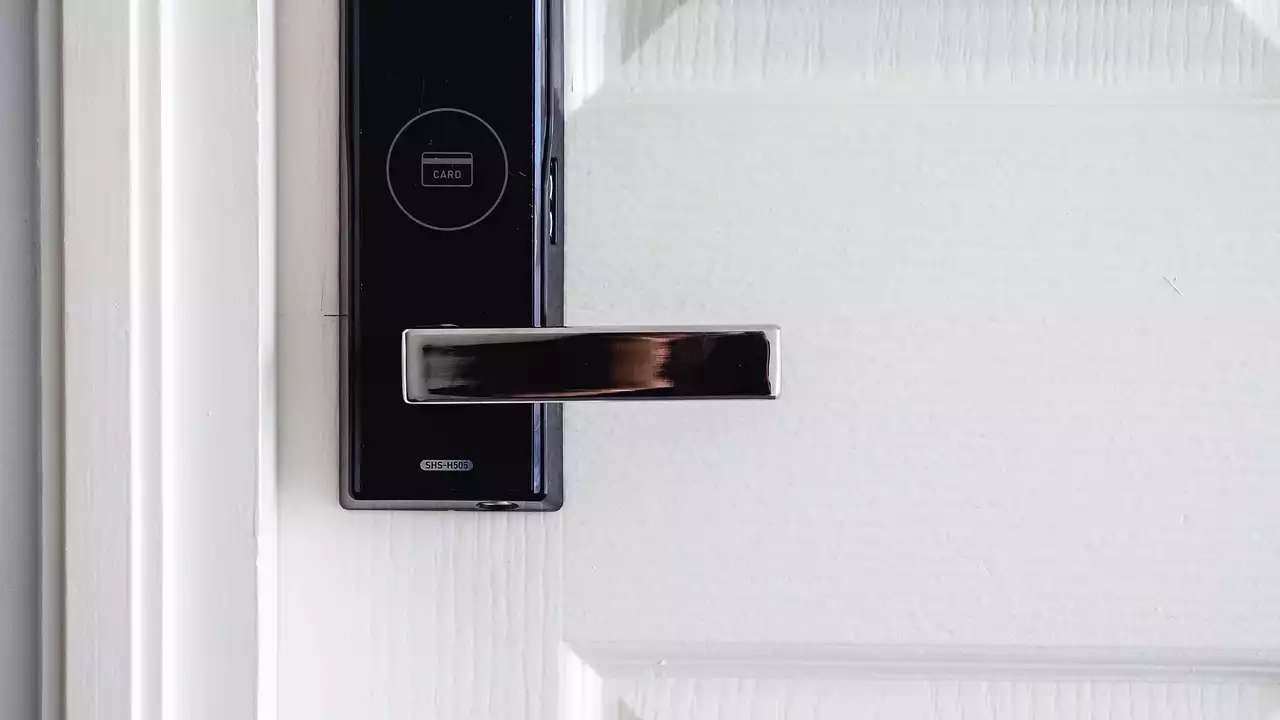Benefits of motion sensors
A motion sensor uses infrared rays to detect movement. There are many benefits to using a motion sensor in your home, including increased security and energy efficiency.
-Increased security - If you want to increase the security of your home, a motion sensor is a great way to do so. Motion sensors are ideal for monitoring entryways and windows where an extra layer of security is needed.
-Energy efficiency - If you have smart lights in your home, a motion sensor is a great tool for keeping energy costs down. You can program a motion sensor to only turn on the lights when needed, rather than having them stay on all the time.
Types of motion sensors
There are several different types of motion sensors available on the market. However, not all sensors are created equal. When shopping for a motion sensor, there are several features you should keep in mind to ensure you choose the best one for your specific needs. Here are the top types of motion sensors.
-Photoelectric sensors - Photoelectric sensors use both light and shade to detect movement. They are ideal for areas that receive a lot of sunlight, such as doorways.
-Infrared sensors - An infrared sensor emits invisible infrared rays. When something interrupts the beam, such as a person passing by, the sensor is triggered.
-Outdoor sensors - This type of sensor is typically used for monitoring entryways. Outdoor sensors are weather resistant and can withstand most weather conditions.
Features to consider when choosing a motion sensor
While there are many different types of motion sensors available, there are also several features to keep in mind when choosing the best sensor for your specific needs. Here are a few features to keep in mind when shopping for a motion sensor.
-Sensor range - When shopping for a motion sensor, you may notice the sensor range listed in the product description. The sensor range indicates how far away the sensor can detect movement.
-False alarm rate - In addition to the sensor range, the false alarm rate is another important consideration when choosing a motion sensor. The false alarm rate refers to how often the sensor will accidentally go off.
-Power source - The majority of motion sensors use batteries as their power source. However, there are also wired and plug-in sensors available on the market.
The top motion sensors for your smart home
If you are looking for the best motion sensor for your smart home, here are a few of the top sensors available.
- The Honeywell Pathway Light Sensor - This sensor is designed to turn lights on when it gets dark outside and turn them off when it becomes light again. It is an ideal sensor for pathways and walkways where it is dark for a significant amount of time each day.
- The Ecolink Motion Detector - This motion detector is ideal for monitoring doors, windows, and other areas in your home. It is a great sensor for use in combination with your other home security systems.
- The GE Wireless Outdoor Lighting Control - This sensor can be used to turn outdoor lights on and off, as well as dim them. It is a great sensor for use in conjunction with other smart home devices.
How to install a motion sensor
Installing a motion sensor is relatively easy, whether you are installing a wired or wireless sensor. Here are a few tips for installing a motion sensor.
-Read the instructions - Before you begin installing a motion sensor, make sure to read the instructions thoroughly. This will ensure you install the sensor correctly and avoid any issues down the road.
-Choose the best location - Where you place your motion sensor can have a significant impact on its effectiveness. Make sure to place the sensor in a location where it can monitor the area you want it to monitor while keeping it out of the way.
-Consider wiring options - If you are installing a wired motion sensor, you will need to run wiring from the sensor to the closest outlet. Make sure to use appropriate wiring for the application and follow local electrical codes.
Tips for using motion sensors
There are a few tips to keep in mind when using motion sensors to increase their effectiveness.
- Always test the sensor before relying on it - Before you start using your sensor on a regular basis, it is a good idea to test it. This will allow you to make any corrections needed before it is put into regular use.
-Be careful when mounting the sensor - When mounting the sensor, you want to make sure to place it in a location where it can accurately detect movement.
-Keep your sensor clean - Dirt and grime can build up on your sensor over time, affecting its performance. Make sure to clean your sensor regularly to keep it operating at peak performance.










